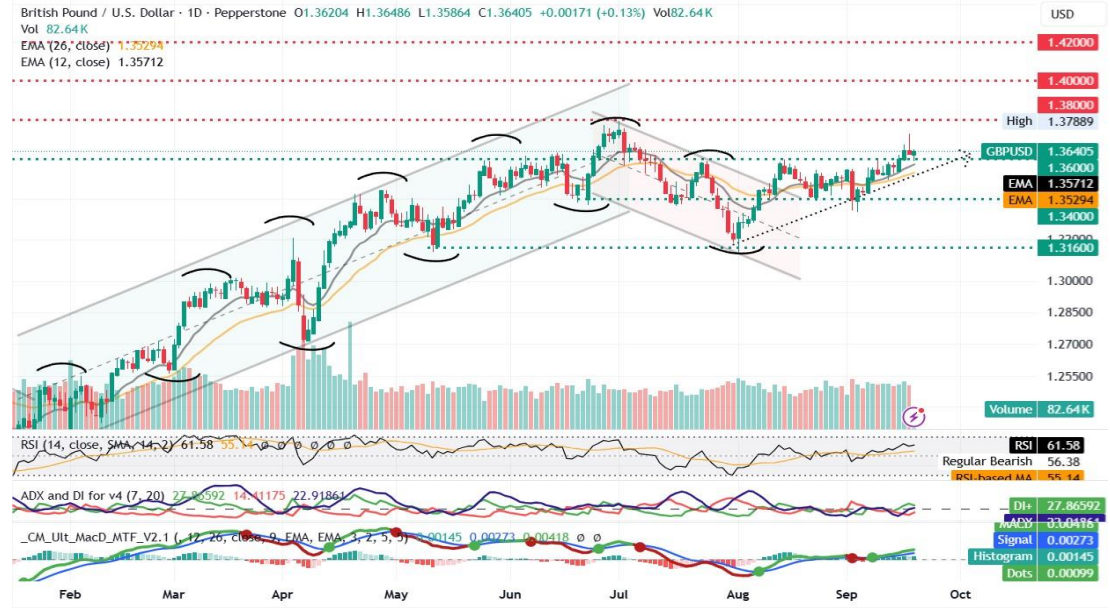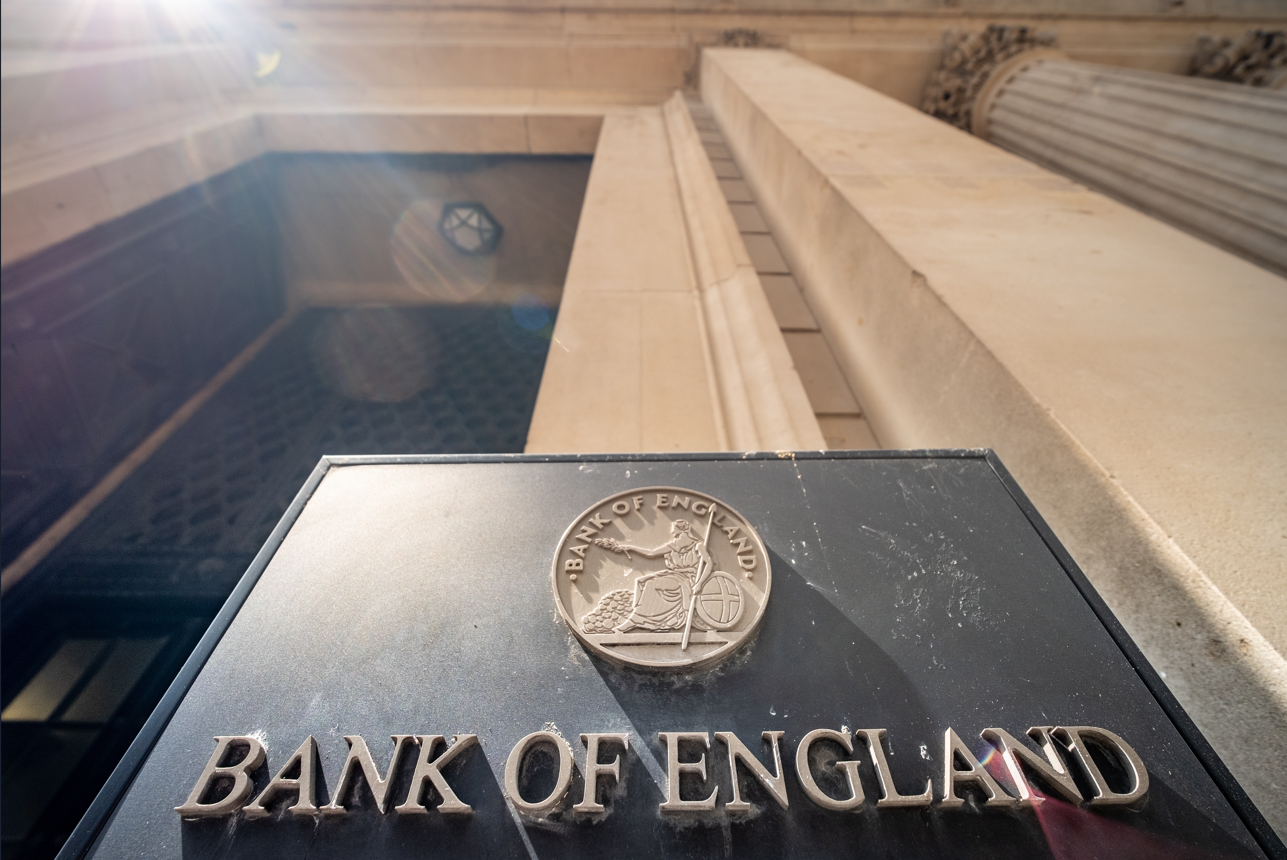After markets digested the Federal Reserve’s rate decision, the speech of Fed Chair Powel and the renewed projections of the FOMC committee for the foreseeable future, now attention is expected to shift, cross the Atlantic and fixate upon the respective policy decision from the Bank of England.
BoE has slashed rates multiple times this year, unlike the Fed, as the UK economy struggled with its growth function, expanding by a mere 0.3% in the second quarter of 2025, as business confidence was tarnished by higher taxes and the labour market continued to showcase signs of softness.
Inflation persistently remained above target for multiple months, posing a threat for the BoE’s duties and complicated matters further, as policy members now have to grapple with divergent factors.
Thus today, economists expect that the central bank would hold its ground at its September meeting, avoiding further reductions of its overnight borrowing rate and instead announce the adoption of a gradual and cautious approach to monetary policy and aim to cut rates moderately in the future to stimulate growth in the economy, while ensure that inflationary pressures and expectations well anchored.
Evidently, money markets assign a 97% chance in the scenario that BoE will stand still at today’s session and keep rates steady at 4% and extend the pause until February of 2026, whereas odds for a 25bps cut are currently being priced in.
A prolonged pause at the current level by the BoE, in contrast to the aggressive rate reduction path from the Fed, could drive inflows into the British Pound, on net interest differential reason and could aid the pair further north.
Technical Analysis
GBPUSD Chart –The Pound rises near July’s highs ahead of BoE’s rate decision

Resistance: 1.3800 (R1), 1.4000 (R2), 1.4200 (R3)
Support: 1.3600 (S1), 1.3400 (S2), 1.3160 (S3)
